NAMM 2022: Melbourne Instruments Nina: the synth with the motorised knobs
We were wowed by the pre-NAMM glimpse of Nina moving knobs and recalling patches. Now we have the full details on this 12-voice analogue polysynth.
Update 5th August 2020: The first run will be of 500 with a retail price of $3,500 US. The Kickstarter launches on Tuesday 9th, August.
Nina
(Originally posted 4th June 2022) When we shared the first piece of video on the Nina the responses were very interesting. Lots of people were interested in what the motorised knobs could offer. Many more commented on how motorised knobs were always more trouble than they’re worth. They tend to be expensive, break down a lot and leave with expensive non-functioning gear. So it seems that everyone has an opinion.
So, what does Nina offer?
First, the basics. Nina is a 12-voice analogue synthesizer with variable shape triangle oscillators. The wave shapes of the two analogue oscillators can be morphed between triangle and sawtooth. From there you have a 4-pole transistor ladder filter with overdrive. Next, we have a digital wavetable oscillator with sampling which, to most people would mean this is a hybrid synthesizer rather than an “analogue” one.
There’s a lot of modulation with a deep modulation matrix. It has stereo panning effects with 4 quadrant digitally controlled amplifiers. And there are a number of onboard digital effects.
Those knobs though
But the remarkable feature is in those motorised knobs, not because it’s original but because we’re all expecting it to be both expensive and prone to failure. Maybe Melbourne Instruments has solved both those issues?
What we saw in the original video was what appeared to be patch recall. And that is indeed what’s on offer here. It’s patch morphing where you can move between two patches and the knobs move themselves to the new positions actively controlling the sound as they move.
The website says they are “motorised recallable and automatable, using long-lasting zero wear encoders with the feel and precision of analog pots.”
It’s very interesting. One thing I pondered when we saw it before was whether the motorised knobs also showed modulation. Imagine routing an audio-rate LFO to the filter cutoff and expecting to see the knob move in response. The website does mention that they will show automation but are there limits to that?
In the video from SonicState below, we learn that the technology has been enabled by advances in micro-motors brought about by the drone industry – it’s very fast. The pots are encoders but, presumably because of the motor drag, they have an analog knob feel.
Availability
At the moment, I still have questions, but it takes nothing away from the spectacle and usefulness of having knobs move back to another position. Whenever you change patches on a knob-endowed hardware synth the front panel no longer represents the sound, and that can be annoying, and Nina is a superb-looking solution to that.
Nina will be launching on Kickstarter on Tuesday, 9th August, at 10 am Australia time. The retail price will be $3,500 (US$) for this first edition run of 500. Get in quick to get one of the first 100 with a $500 early bird discount. When asked about the price at NAMM, Melbourne Instruments said it would be “cheaper than you’d expect”. At $3.5k, it really isn’t; it’s as expensive as I imagined it would be because this sort of tech and this level of synthesizer isn’t cheap. But it’s still the most interesting synth we’ve seen for a while.
- Melbourne Instruments webpage.
You are currently viewing a placeholder content from YouTube. To access the actual content, click the button below. Please note that doing so will share data with third-party providers.
6 responses to “NAMM 2022: Melbourne Instruments Nina: the synth with the motorised knobs”
You are currently viewing a placeholder content from Facebook. To access the actual content, click the button below. Please note that doing so will share data with third-party providers.
More InformationYou are currently viewing a placeholder content from Instagram. To access the actual content, click the button below. Please note that doing so will share data with third-party providers.
More InformationYou are currently viewing a placeholder content from X. To access the actual content, click the button below. Please note that doing so will share data with third-party providers.
More Information
 3,7 / 5,0 |
3,7 / 5,0 | 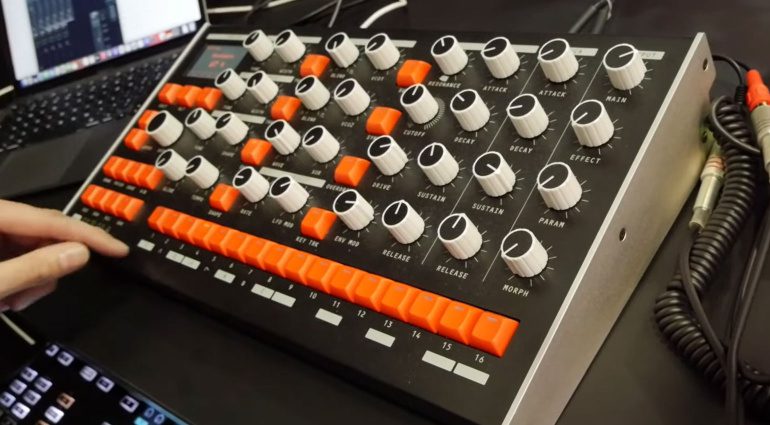
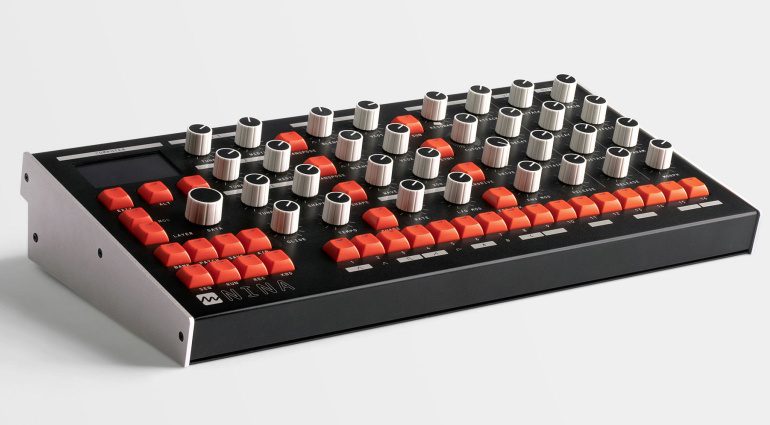
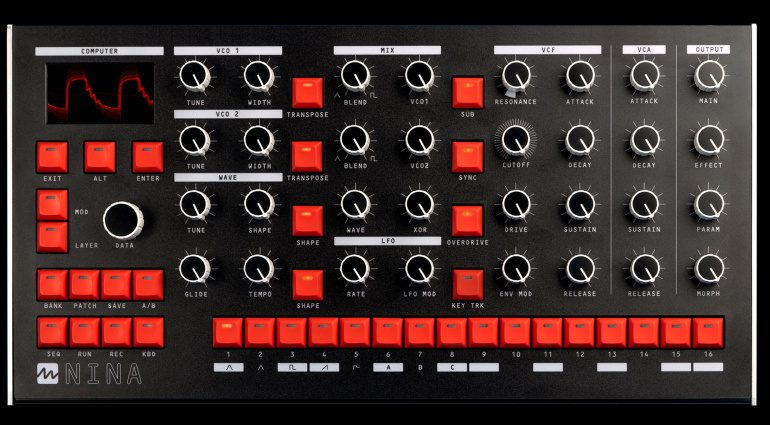



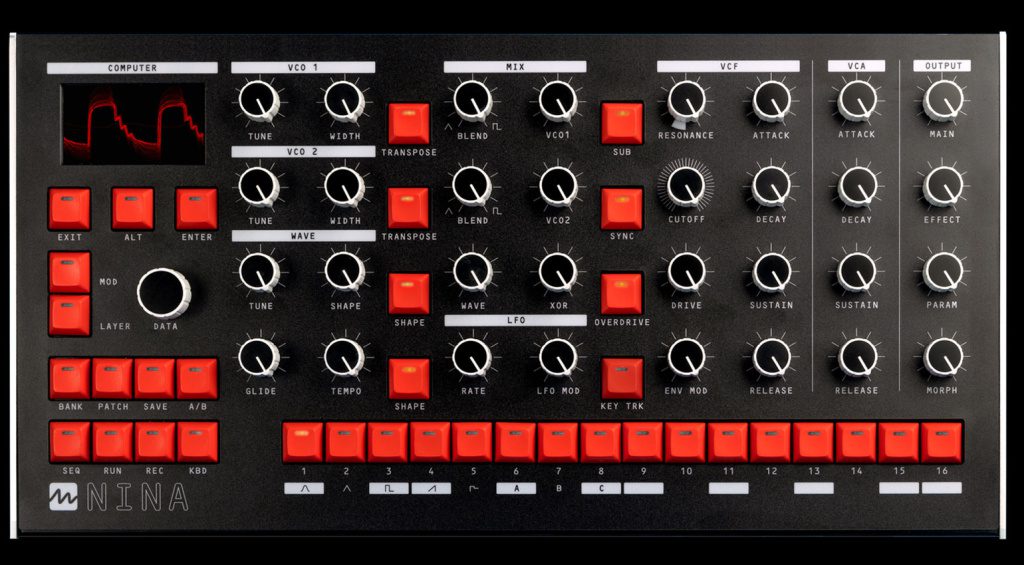
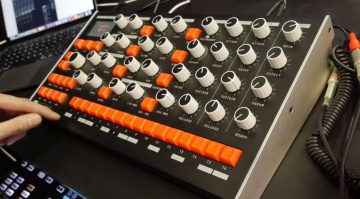

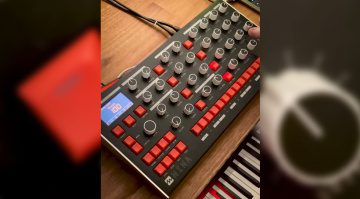
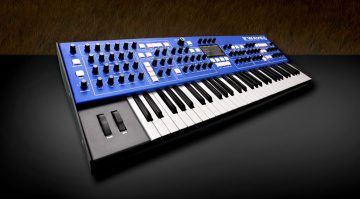
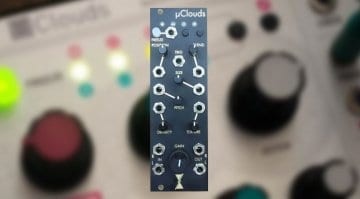
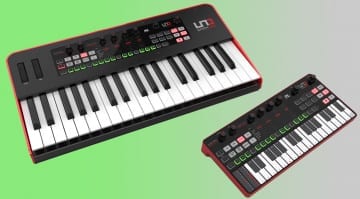
Looks and sounds pretty great – yet no comment on how atrocious the price is? What happened to the “cheaper than you expect”?!
Yes, fair comment – motorised knobs were always going to be an expensive option and I was never convinced by the “cheaper than you expect” comment. But it’s also a comprehensive synthesizer so it’s about as expensive as I assumed it would be. I might add that to the article, thanks for the prompt.
[COMPUTER] window, seriously they have to label it? it should have been [ELECTRONIC BRAIN]. that’s the ticket.
honestly, how much without the motorized knobs? it’s another product in search of a customer.
Ah but if it works, and the knobs are reliable, it might become the standard for synths in a few years. Next somebody will invent a keyboard that moves itself and remembers/stores every performance. With the two together we can then get rid of those pesky keyboard players altogether 😁
ehh i have to stand up for Robin here. (and yes i’ve given him plenty of crap in the past for previous articles). We are living in: 1- high economic inflation. 2- a parts/ labor shortage. if people are looking to criticize prices, there are plenty others to get mad at. (cough cough Teenage Engineering cough cough Moog etc.) This product never claimed to be broader than its focus and the price is what it is. Plus it looks to be a high quality piece of gear.
I tried this for a while at NAMM and talked to the guy. They do some really cool stuff with the motor control and emulated “friction”. For example, a knob can feel like it had a center detent and other changes in feel. So, it’s not just jumping to a value/position.